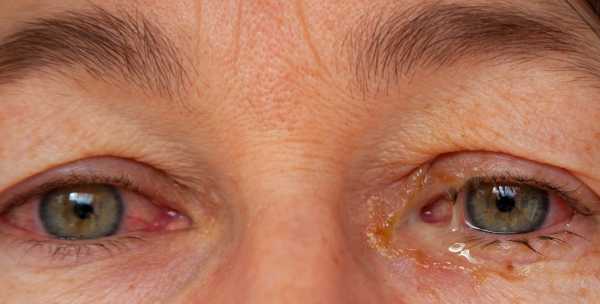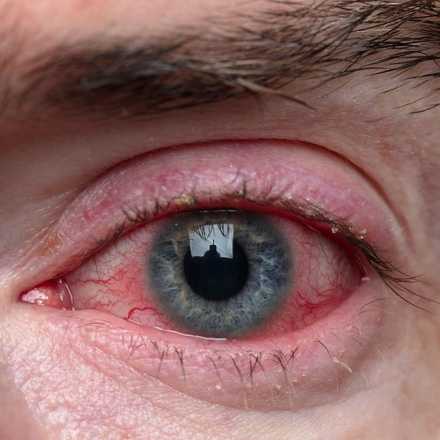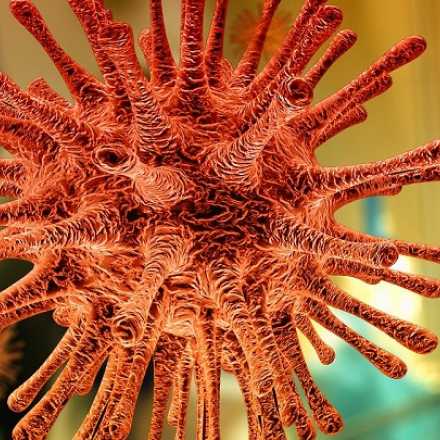
Bacterial Conjunctivitis
Bacterial conjunctivitis is a bacterial infection of the conjunctiva. Conjunctiva is a transparent mucous membrane that is attached to the cornea and cover the white part of the eye (the sclera) and also it covers the back surface of upper and lower eyelids.
Causes of bacterial conjunctivitis
There are many causes of bacterial conjunctivitis, these are the most common micro-organisms: Staphylococcus aureus, Haemophilus influenzae, Moraxella lacunata, Streptococcus pneumoniae, Pseudomonas aeruginosa, Streptococcus viridans and Proteus mirabilis.
Hyperacute conjunctivitis
A severe form of bacterial conjunctivitis called Hyperacute conjunctivitis. It characterized by congested conjunctiva and severe purulent conjunctival discharge. It is caused by Neisseria gonorrhoeae and to a least extent by Neisseria meningitides. Neisseria gonorrhoeae is a sexually transmitted disease. Both these micro-organisms can cause severe ocular damage and also systemic complication.
Chronic conjunctivitis
Chronic conjunctivitis is a form of bacterial conjunctivitis that lasts more than 4 weeks. It is caused mainly by Chlamydia trachomatis.
Ophthalmia neonatorum or conjunctivitis of the newborn
It is conjunctival and eye infection that occurs in the first 30 days of life
Risk Factors for bacterial conjunctivitis
- Poor hygiene as most of the bacteria spread from infected individuals
- Crowded living conditions such as nursery, elementary schools and military barracks
- Contaminated Contact lenses due to bad hygiene habits
- Contaminated cosmetics products
- Ocular surface diseases such as blepharitis and dry eyes
- Ocular trauma and foreign bodies
- Post ocular surgery such pterygium removal, eyelid surgery and any other surgery with infected stiches
- Immune compromised patients such as those with HIV or in chemotherapy
Bacterial conjunctivitis symptoms
- Pink eye or red eye which can start in one eye and then spread to the other eye.
- Prominent conjunctival blood vessels.
- Chemosis or Conjunctival swelling.
- Swelling of the eyelid.
- Purulent discharge however, in hyperacute conjunctivitis there will be thick profuse discharge.
- Irritation with burning and foreign body sensation.
- Excessive tearing.
- Photophobia or Light sensitivity.
- Blurry vision
Differential diagnosis of bacterial conjunctivitis
- Viral conjunctivitis
- Allergic conjunctivitis
- Blepharitis
- Chemical or toxic conjunctivitis
- Episcleritis and scleritis
Bacterial conjunctivitis vs Viral conjunctivitis
It is hard to differentiate between both but these points can help somehow:
- Viral conjunctivitis usually last longer than bacterial conjunctivitis.
- Viral conjunctivitis associated with watery discharge while bacterial conjunctivitis causes purulent discharge.
- Viral conjunctivitis can usually be associated with flu like symptoms and pharyngitis while bacterial can cause otitis media or infection of the middle ear.
- Viral infection can cause enlargement of lymph node such as pre-auricular lymphadenopathy while bacterial infection doesn’t do that
Bacterial conjunctivitis treatment guidelines
First of all, proper hygiene and hand washing are very important to reduce the spread of infection to the other eye and also to other people.
Most of the time bacterial conjunctivitis is a self-limited and usually it lasts for 1-2 weeks without treatment. Cold compress with regular cleaning of the eyelid with sterile pad and clean water can be very important to reduce the symptoms.
For mild bacterial infection, bacterial culture and gram stain are not required as it might take up to 3-4 days for the results to be ready and also it can be expensive. These tests are usually done in cases with hyperacute conjunctivitis and also in cases with neonatal conjunctivitis or ophthalmia neonatorum.
In acute bacterial conjunctivitis, topical antibiotics can be very helpful to reduce duration of the infection and reduce signs and symptoms. It can also help to reduce the spread of infection by eradicating the bacteria.
Purulent bacterial conjunctivitis requires intense topical antibiotics and sometimes systemic antibiotics are required also to prevent any systemic spread of the bacteria.








